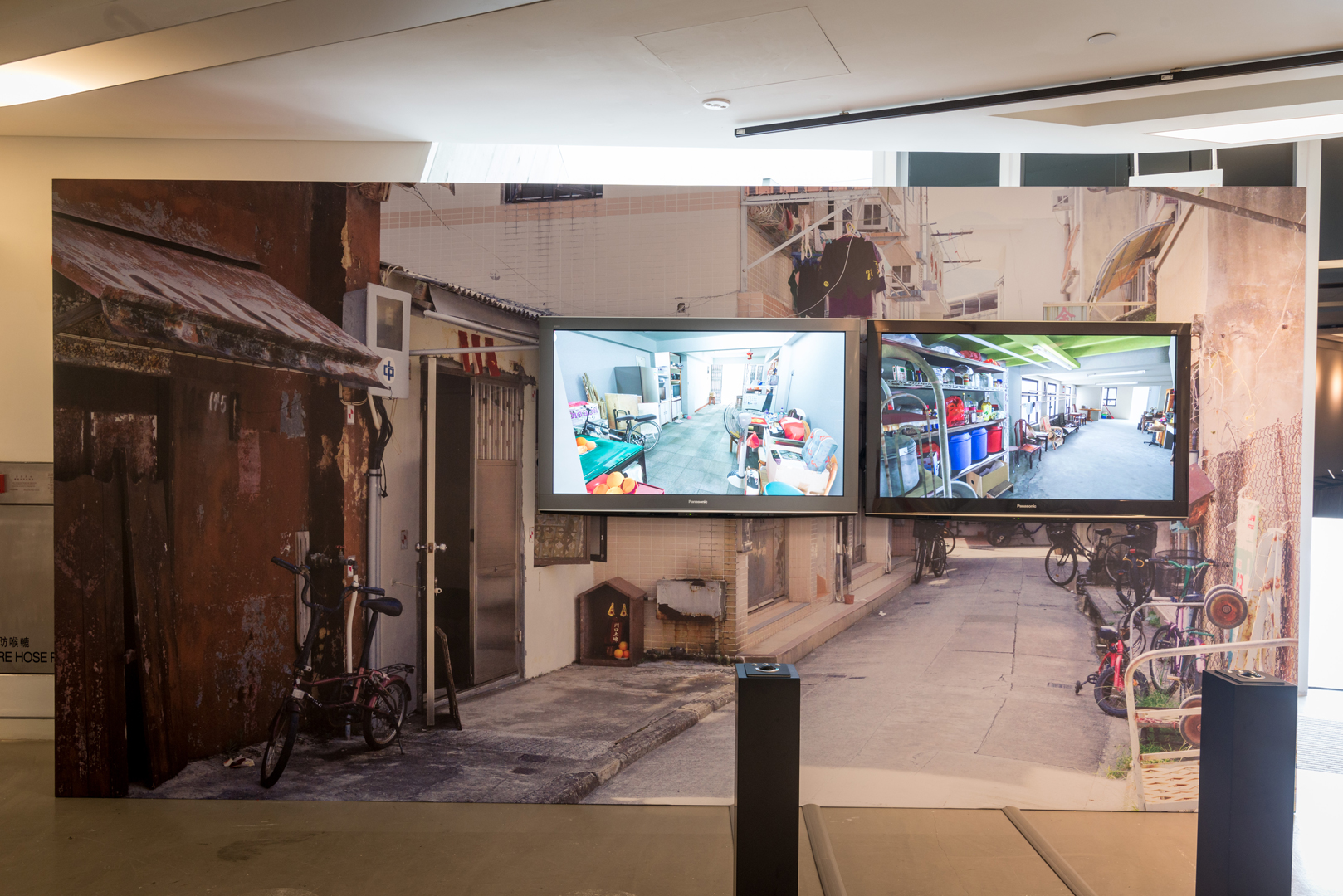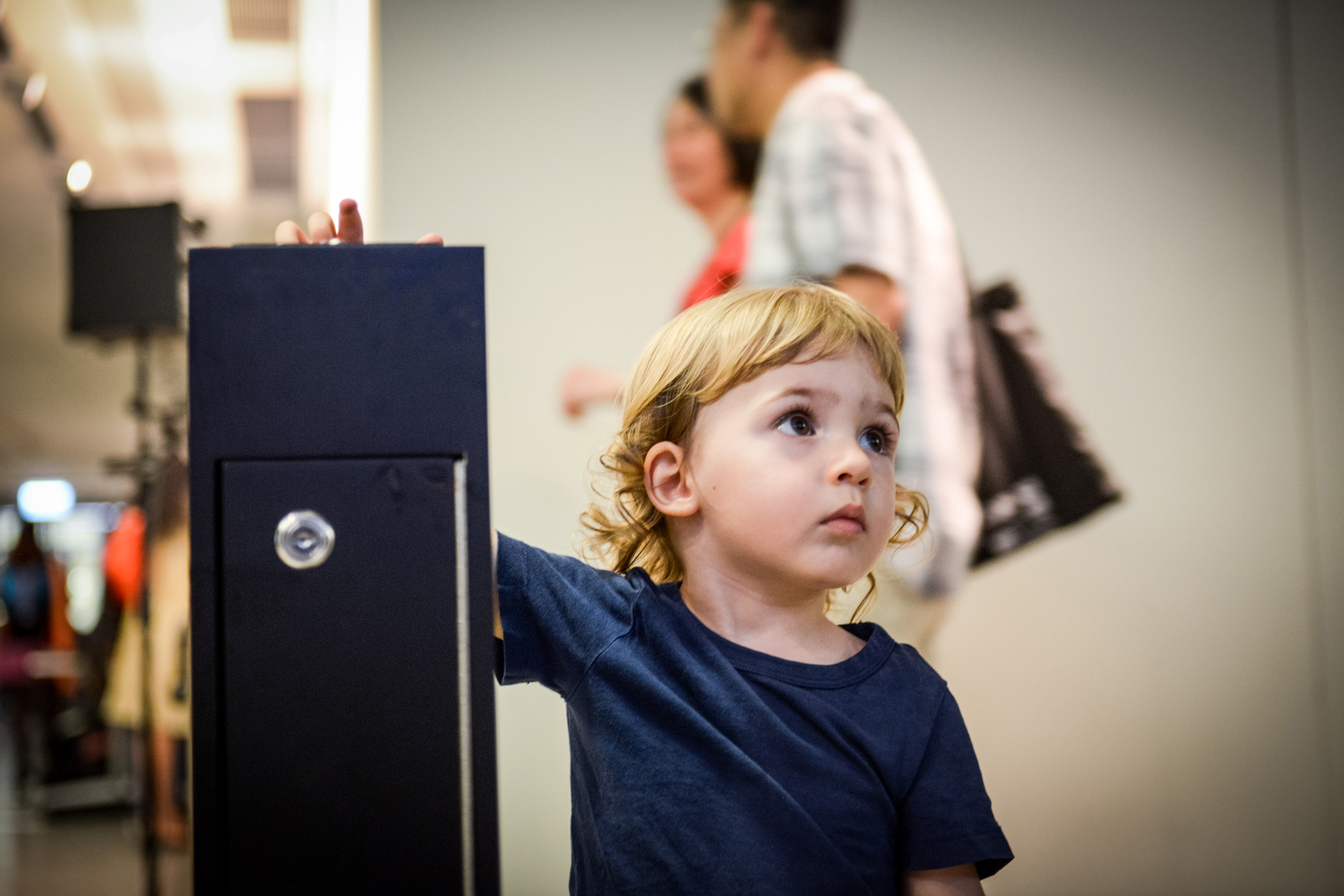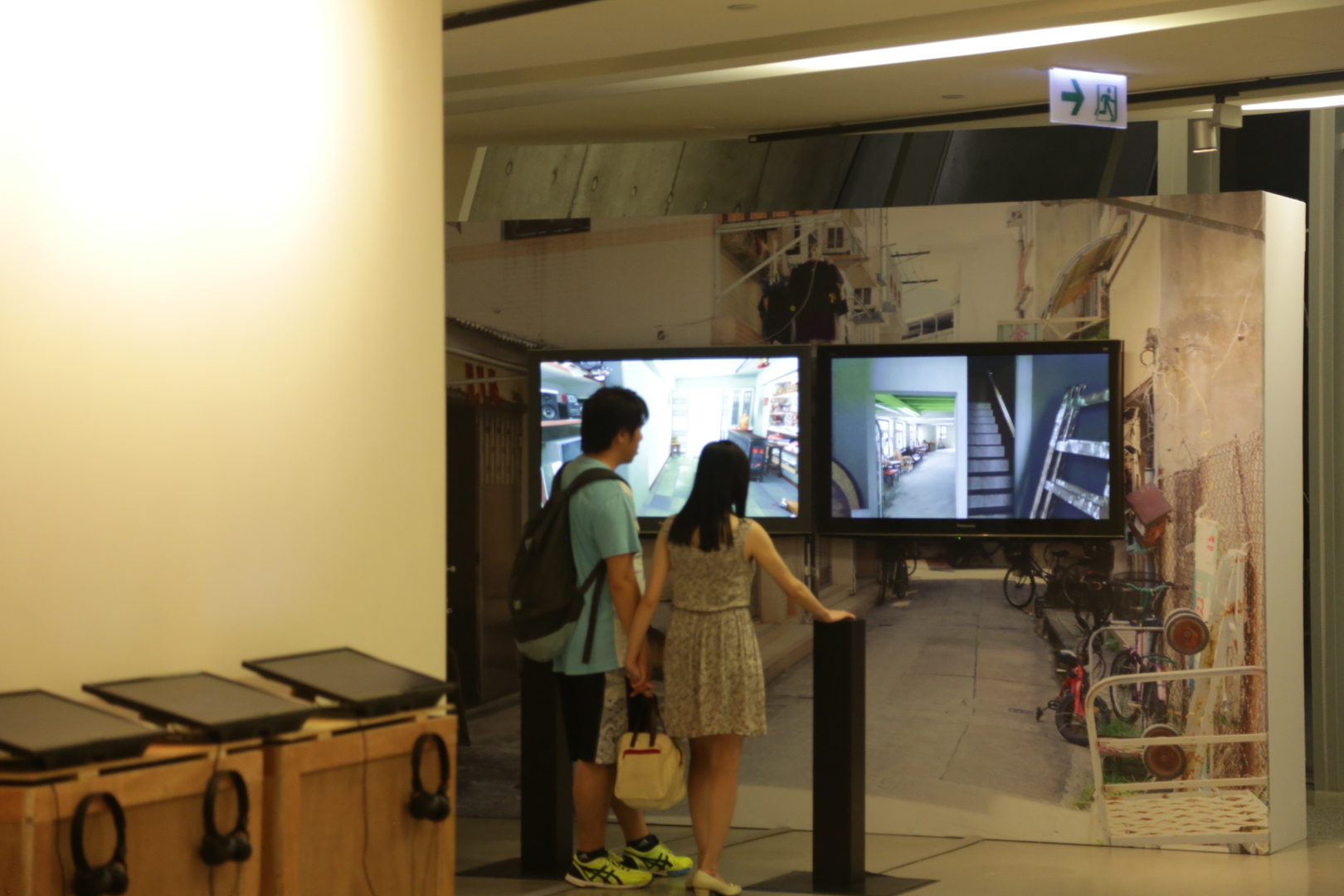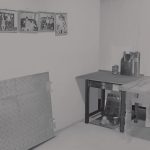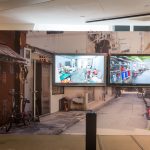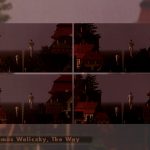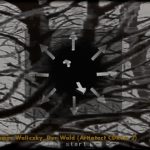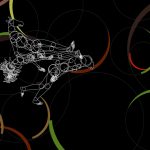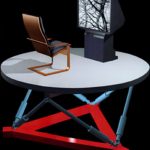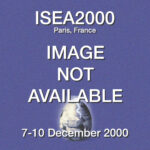“Homes” by Tamás Waliczky
Title:
Artist(s) and People Involved:
Exhibiting Artist(s):
-
Tamás Waliczky
-
- City University of Hong Kong
Symposium:
Venue(s):
Creation Year:
Medium:
Artist Statement:
The exhibited installation through the means of photography and new media, presents the living space of the fishing village Tai O, with snapshots produced both with traditional techniques and with virtual three-dimensional technology. The photos and 3D virtual interiors on view here are the results of the research project, “Using digital visualisation to preserve local cultural heritage: a case study of Tai Ping Street, Tai O” GRF (General Research Fund). The work was supported by Drs Richard Charles & Esther Yewpick Lee Charitable Foundation and the City University of Hong Kong.
The interactive installation in view presents individual details of the interiors of family houses in Tai O. With the interface connected to the installation, the viewer can look around the interiors and examine the details of the furnishings and household objects up close. The appearance of the interiors, in accordance with the possibilities and limitations of digital technology, is precise and rich in detail. The home interiors presented in the installation are virtual reproductions of the real ones. These virtual 3D objects were realised on the basis of photos. Once they selected the suitable houses and came to an agreement with the homeowners, the artists took several hundred photos of the interiors, and wherever possible, of each object from many angles. There is a selection of these photos on view alongside the installation, as small prints.
There is also a large print behind the computer screen. It shows the part of the village where the house is located. The photos were indispensable in the production of the installations in a number of ways. With the application of photogrammetry technology, the computer is capable of automatically calculating a three-dimensional model on the basis of the photos taken from many angles. While this model could be extremely beautiful and rich in detail, unfortunately, it could not be used in the interactive installation. It was composed of too many details and became overly complicated. It was mainly effective in determining the precise position and dimensions of the objects.
The final models can be realised with either the reconstruction, simplification and paring down of the photogrammetry models, or to design them on the basis of the photos with handiwork. This is an extremely time-consuming, complex work that demands special knowledge. This work added up to a large portion of the time of the artists working in the project. The artists cover the surface of the models with details taken from the original photos. This texture mapping procedure renders the virtual 3D object true to life. Thus, we might say that the final installation is, in fact, a three-dimensional photo-collage, placing the details cut out from the original photos into the three-dimensional space, in accordance with the dimensions and position of the real objects.
Hong Kong is an extremely rapidly changing city. The old buildings quickly vanish, and with them, so do lifestyles. By the fact that the artists participating in the project attempted to document these spaces with as much detail as possible, and tried to model these objects as precisely as possible, with time-consuming precise work, the visual representation of these spaces will become a part of the material of a general knowledge, and they will be able to live on, and even constitute the basis for further research.
The technology employed in this project is not new. Many heritage projects use similar software and hardware. This project perhaps differs from the familiar similar projects in two respects. The first is that I have intentionally tried to use inexpensive technology that is accessible to everyone: for instance, open source software, typical cameras. The second is that while most similar projects present historically important and well-known buildings or locations, this project would like to introduce an everyday lifestyle of people living contemporaneously with us.
This work, then, is not a submission for a memorial, but a documentary endeavour. Just as the documentary filmmaker tries with her/his camera to present the lives of people, and just as, in the interest of this, s/he leaves out certain details and emphasises others, and in general tries with the devices of film to give as precise as possible a picture of the subject, in the same way I, in my own way as a new media artist, with my own special devices, and with the techniques and aesthetics that are suited to it, attempt to represent as precisely as possible the reality that I have selected and observed.
Sponsors:
The project was supported by:
• General Research Fund (GRF),
• Research Grants Council (RGC) of Hong Kong;
• Drs. Richard Charles & Esther Yewpick Lee Charitable
Foundation;
• City University of Hong Kong
Additional Images:
- Waliczky: Homes

